From the reviews:
"[...] an efficient reference book for many fundamental techniques of Riemannian geometry. [...] despite its length, the reader will have no difficulty in getting the feel of its contents and discovering excellent examples of all interaction of geometry with partial differential equations, topology, and Lie groups. Above all, the book provides a clear insight into the scope and diversity of problems posed by its title."S.M. Salamon in MathSciNet 1988
"It seemed likely to anyone who read the previous book by the same author, namely "Manifolds all of whose geodesic are closed", that the present book would be one of the most important ever published on Riemannian geometry. This prophecy is indeed fulfilled."T.J. Wilmore in Bulletin of the London Mathematical Society 1987


